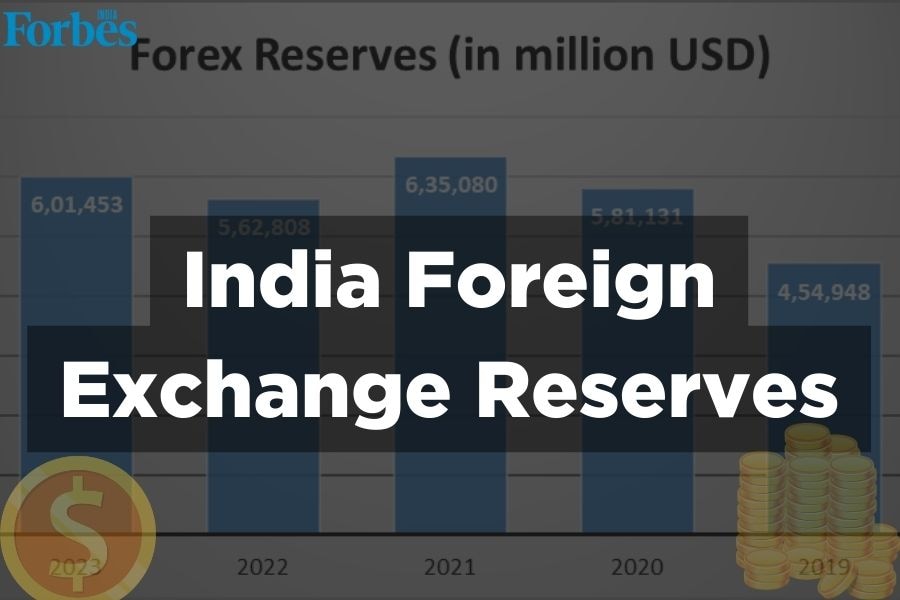
India forex reserves 2024: Exploring current status and historical trends
Explore the stability and growth of Indian forex reserves in our detailed analysis. Learn about India's financial strength and prospects

India's foreign exchange reserves refer to assets held by the Reserve Bank of India (RBI) in foreign currencies. These reserves act as a cushion and provide liquidity, ensuring our country can meet its external obligations. The importance of Indian forex reserves cannot be overstated, as they play a vital role in maintaining the stability of the nation’s currency and economy. Wondering how it works? This article should help.
The Indian forex reserves have seen significant fluctuations, reflecting the country's economic dynamics and global financial conditions.
India’s foreign exchange reserves are a topic of interest for economists and policymakers alike. With fluctuations and trends reflecting the nation's economic landscape, understanding the forex reserves of India is essential.
Current Status of the Indian Forex Reserves
As of February 9, 2024, India's forex reserves stood at $6,42,631 million, according to the Reserve Bank of India.
The Indian forex reserves consist of foreign currency assets, gold, special drawing rights, and the International Monetary Fund (IMF) reserve position. As per the latest data from the RBI, here are the exact amount of Indian forex reserves held by different components:


![Top 20 countries with largest gold reserves [2024] Top 20 countries with largest gold reserves [2024]](https://images.forbesindia.com/media/images/2023/Dec/img_223933_goldreservesbycountry.jpg?impolicy=website&width=122&height=70)




